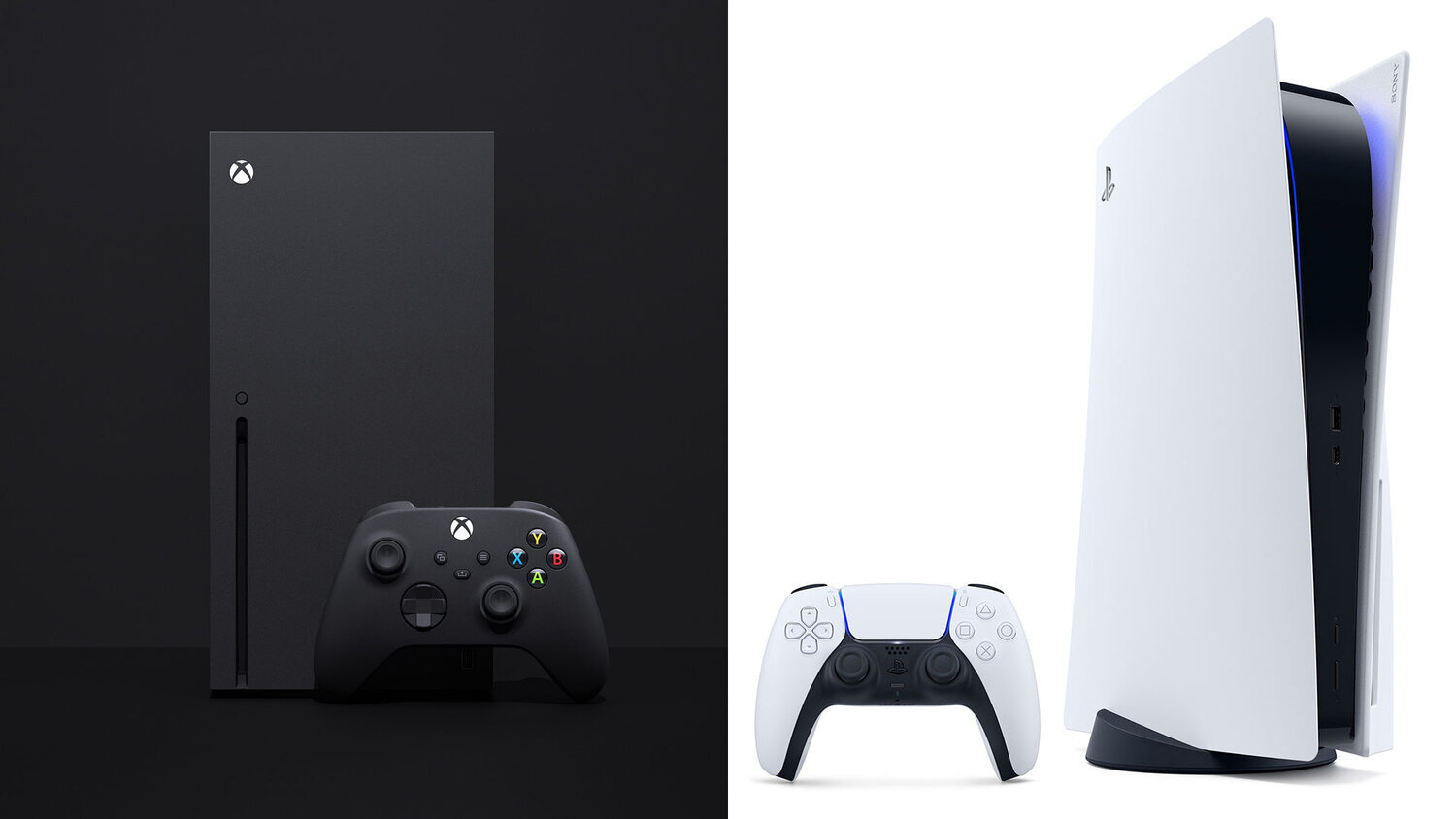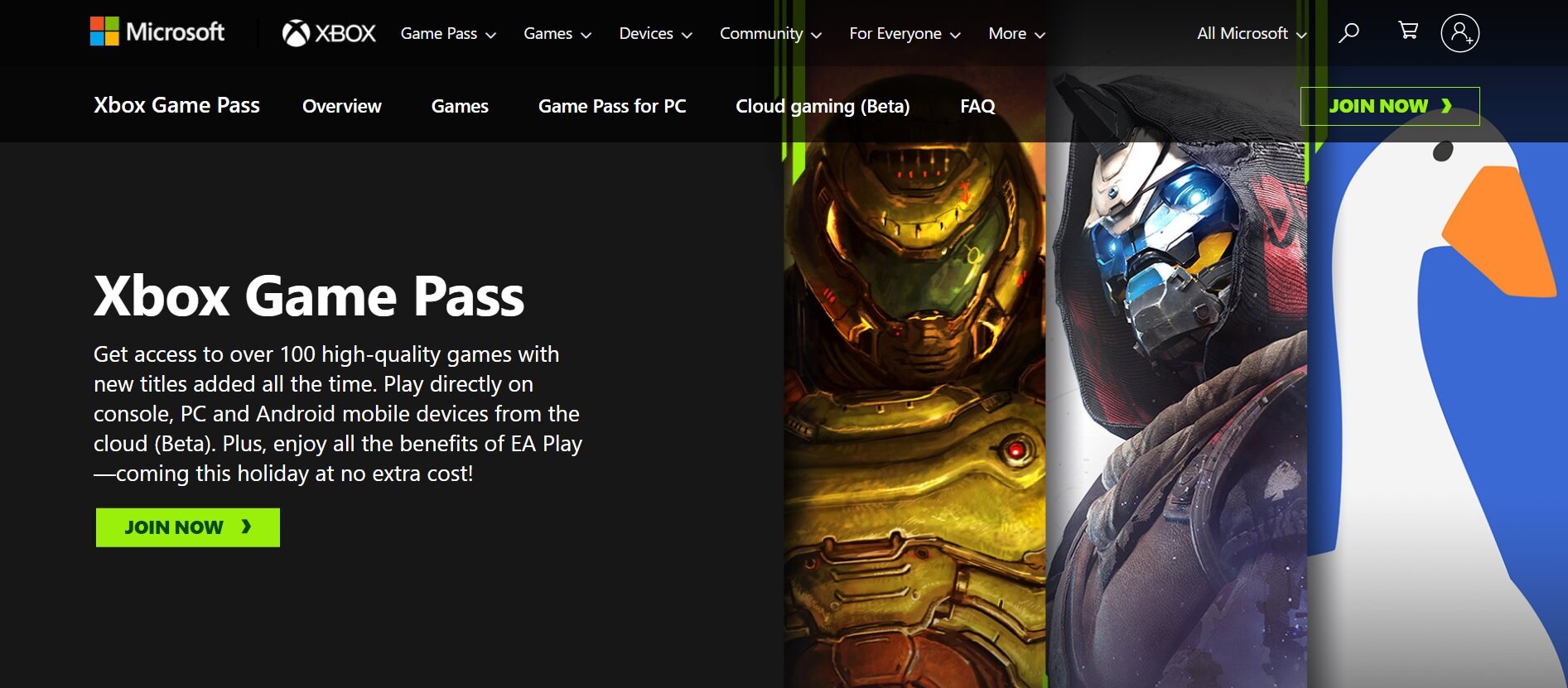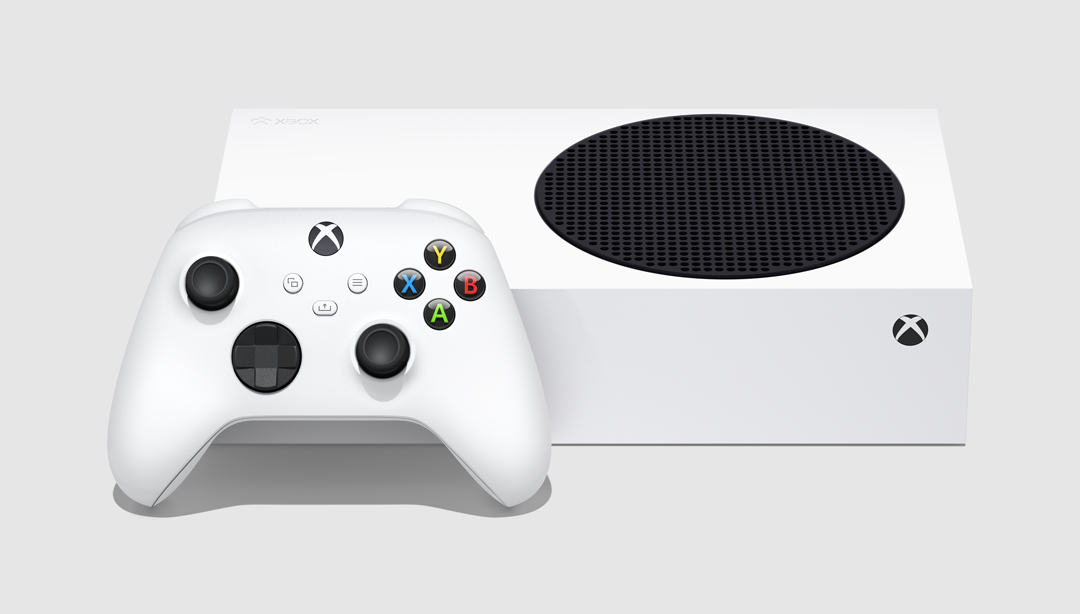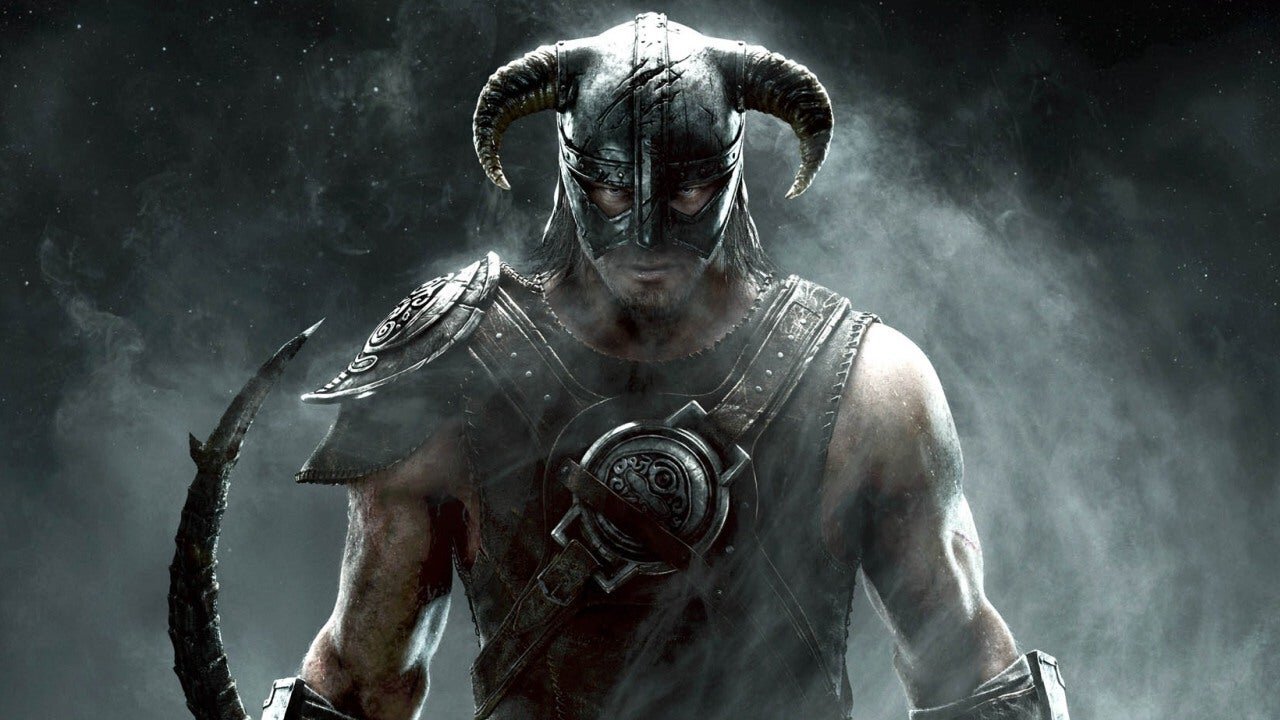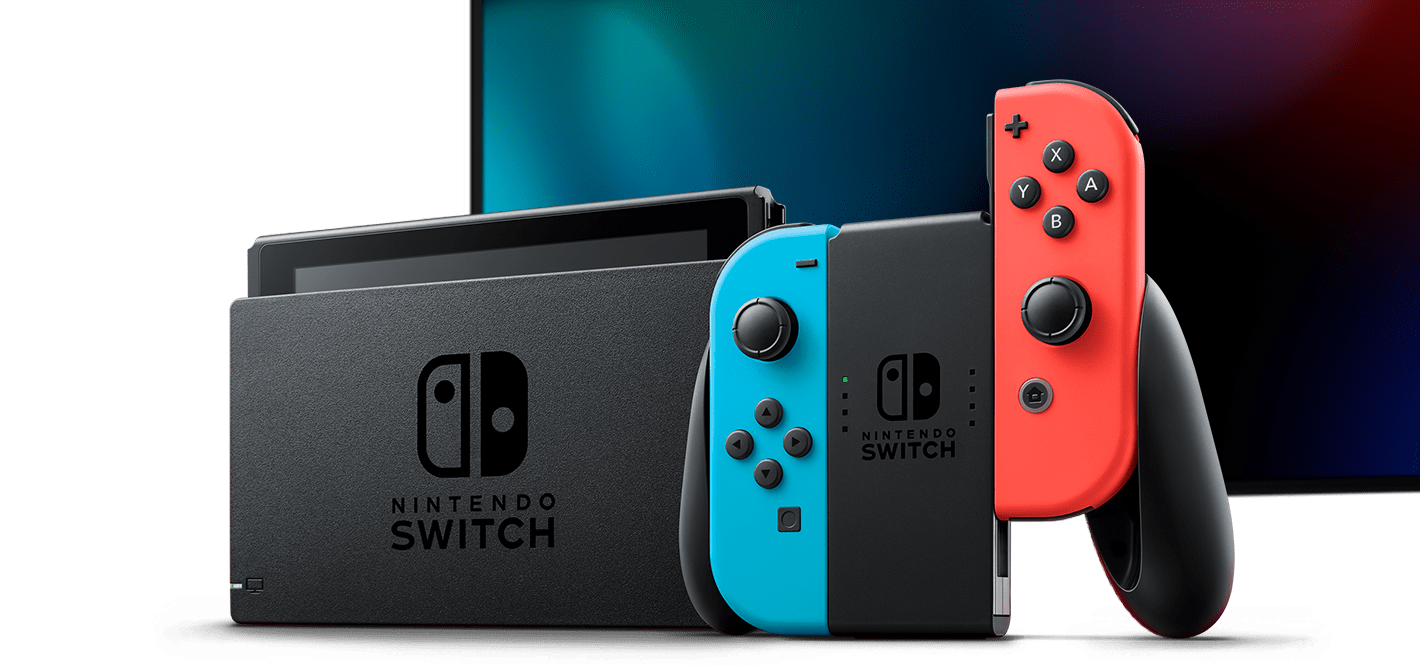On the eve of next-gen, the strong but traditional PS5 faces an Xbox turning gaming upside down
Welcome to the final chapter (for now) of our deep-dive study into the audience insights, data, and truth behind the hype of the PlayStation 5 vs. Xbox Series X marketing campaign. It’s been a long road, tracking back to April 2019, and covering every major news beat from both Sony and Microsoft - from announcement, to follow-up hype, to the all-important games reveals.
We’ve looked into the messaging, philosophy, successes, failures, and brand positioning of both parties, and judged them all through the hard, analytical lens of online coverage, audience viewing figures, content sentiment, and detailed social listening into the real community and consumer conversation.
And now we’re on the eve of the next-gen launch, ready to make some calls about how it’s going to go for both consoles, and ready to wrap this thing up until after we have both machines in our hands. The only thing left to do is to analyse the last significant phase of the campaign. But oh boy, is this a big one. Because while technically all that both platform-holders had to do during September 2020 was announce the price and release date of their respective machine, both delivered major, third-act twists that turned traditional videogames marketing dynamics on their head, for the immediate and long-term.
After one of the most elongated waits for pricing confirmation ever suffered during a next-gen console pre-release period, Microsoft finally broke the stand-off by firing first. It’s possible that the company’s hand was slightly forced by the weight of leaks pertaining to the Xbox Series S, the X’s long-rumoured, lower powered, but more affordable smaller sibling console, but whatever the reason, on September the 8th, shots were fired.
The Xbox Series X price and release date are revealed, as an expected surprise reinvigorates Microsoft’s campaign
The exact shape of the first bullets? The official announcement of the Series S, and the confirmation that it would launch on November 10th, 2020, at an arrestingly low price point of £249 / $299. It’s highly notable that the Series S news came first, and standalone, with no mention of the previously campaign-leading Series X. We would wait another 24 hours for those details, which created an intriguing dynamic that didn’t just give the Series S room to breathe, but actively switched the focus of Microsoft’s next-gen campaign.
By tying the long-awaited release date announcement to the Series S in this way, Microsoft almost formally made the smaller, more economical console the new star of the show, after more than a year spent pushing the the more aggressive, presumably more expensive horsepower upgrade of the Xbox Series X as its flagship.
This is important for a couple of reasons. Firstly, the new focus on the Series S finally gave some much-needed context to Microsoft’s increasingly confusing next-gen plans. In the last article, we explained how the platform-holder’s unfolding philosophy of a cross-generational family of console gaming (also comprising PC, and with no platform-exclusive games) left many confounded as to the purpose or value of the Series X’s long-touted, industry-leading power. Similarly, Microsoft’s apparent refocusing on its Netflix-style GamePass videogames subscription had driven ire with many, who believed that the company’s values were diverging distastefully from their own.
By giving the Series S a real spotlight though, Microsoft had an opportunity to change that. Suddenly the notion of a multiformat Xbox ecosystem made more sense, given that the choice no longer boiled down to ‘Buy into a future of questionable worth’ or ‘Stay in the past for free’. The highly affordable halfway step of the Xbox Series S felt like a consumer-friendly, transitional addition bringing tangible value without a risky level of cost, and also made absolute sense of GamePass.
By providing a low-cost piece of hardware that could provide an entry point for upgraded, noticeably next-gen versions of the games available on the service, Microsoft had immediately made the subscription offering feel like a real, viable, and unique value proposition.
The next day, Microsoft confirmed the same November 10th release date for the Xbox Series X, alongside a higher but next-gen-standard launch price of £449 / $499. With all cards on the table, and the true purpose of its hand becoming clearer, Microsoft’s often troubled next-gen campaign had turned a corner. After a lurching year of swinging fortunes, confused communication, and highly variable audience responses, the next-gen Xbox campaign had finally defined itself as a viable and distinct alternative, with a very separate and appealing identity and value proposition from Sony’s more traditional PlayStation 5 strategy. Or so Microsoft hoped.
Xbox Series X/S coverage remains steady, but audience interest and consumer sentiment vastly improve
Were those hopes realised? They pretty well were. Digging in to the YouTube video coverage data around the two news beats (with reference to both YouTube-native content creators and channels attached to traditional media outlets), we can see a noticeable, albeit not seismic, bump in viewership, but a huge improvement to both the sentiment and level of comprehension within the social conversation.
41 content creator channels delivered a total of 58 videos around the two announcements, while seven traditional media accounts delivered a total of 14. And this is where things start to get more interesting than they may appear on the surface. Because while those coverage numbers might be lower than those earned by Microsoft’s misfiring, underwhelming first-party games showcase in July, we shouldn’t interpret this data set as a doom-and-gloom sign. Quite the opposite.
Click to enlarge.
Because the actual viewership earned by those two content pools increased, despite the smaller amount of content produced. In the case of content creators, we saw a 3.6M viewership increase from a 38 video drop in content produced. And media channels enjoyed 200K more views from five less videos. To break that down into clearer percentage terms, the total performance of content around this latest news beat won 16.2M views across 72 videos, as opposed to 12.4M from the previous 111, making for a roughly 200% increase in views-per-video.
Couple in the fact that the reduced amount of video content can be partly explained by the official media used by this wave of announcements - short hardware trailers, social media posts, and press releases - being far less content production-friendly than the gameplay-packed showcase of July, and you have an even more positive picture. The takeaway from this period isn’t that the Xbox Series S and X had less videos made about them than the many, many game demos shown in the earlier July showcase It’s that a much more compact news beat saw a massive reigniting of interest in the future of Xbox. People were excited again.
The Xbox Series S social conversation reveals a reinvigorated enthusiasm and sense of purpose
And they were excited about the right things. Analysing the dominant keywords and notes of conversational tone we can see from a social listening data dive, the content produced from this period exhibits a night-and-day change from the overall disgruntlement seen in July. With the Xbox Series S established as an affordable, capable way in, GamePass talk rocketed back up the agenda, but in a much more positive light this time around, content creators and press alike praising the value afforded by the combination of economical console and high-value subscription.
The lower hardware specifications of the Series S were nonetheless stacked up favourably against those of the X, to a general conclusion that it offered a whole lot of next-gen console for a very low cost. Isolated Xbox Series X discussion might not have drastically improved, but thanks to the series S, a greater appreciation of the overall Xbox brand seemed to be ratcheting up. It might have come late in the campaign, but it seemed that Microsoft’s bigger-picture strategy was finally becoming clear to the general consumer. And it was going down well.
Indeed, looking into the public discussion in the comments section, the air of confidence with which the community previously disparaged Microsoft’s confused games reveal in July was suddenly applied to positive purchase intent around the Xbox Series S, with general sentiment reflecting a feeling that the Series S, combined with a GamePass subscription, presented an exciting - and much better - proposition from Microsoft. The notion of a low-cost console providing instant access to a huge games library began to trickle down, eventually saturating the consumer conversation.
This ultimately led to a new climate, in which many re-envisioned a next-gen Xbox as their secondary games machine of choice, with many previously PlayStation-favouring buyers also now pledging interest in owning both machines side-by-side. At long last, Microsoft seemed to have communicated itself effectively, finally establishing its niche - if indeed that’s the right word - as the accessible gaming platform for everyone.
Sony strikes back with a secret salvo of new games, and calculated oneupmanship of scale
We’ve previously referenced the risk of going first in any hype-battle between next-gen consoles. Lead the charge with a news beat or announcement, and you have a chance to lead the conversation. But you also risk playing all your cards too early and showing the opposition exactly the standard they have to beat. Case-in-point: Sony’s response to the Xbox Series X/S prices and release date. For it was actually much more than that. It was a deliberate attempt to depth-charge Microsoft’s news out of the public consciousness.
In a move that seemed to make sense of Sony’s willingness to step back this time - it’s impossible to know whether Sony were deliberately waiting, but it’s likely - the PlayStation 5’s subsequent price-and-date details were revealed not via tweets, trailers, and newsclips, but at the end of a second, September the 16th showcase hour of major new game announcements that had been deliberately kept in reserve.
Equalling the ‘big show’ sparkle of the PS5’s first major games reveal, the lengthy livestream opened with the megaton announcement of Square-Enix’s Final Fantasy XVI, not only a huge franchise sequel previously unknown to exist, but one now apparently exclusive to PlayStation. After that, it launched into an aggressive salvo of crowd-pleasing hits and surprises. Rounding off with a tease of a sequel to the critically-lauded and much beloved PS4 reboot of God of War, the show’s subsequent, low-key announcement of a November 12th release date and Series-X-equalling £449 / $499 presented Sony at its quietly confident, mic-drop best. Sony continued, with some swagger, to tell us what ‘the future of gaming’ was. And that we could only find it on PlayStation.
A calculated move then, and a clever one. As our data has proved on multiple occasions in this series of articles, providing spectacle in tandem with a high volume of game footage makes for a very YouTube-friendly delivery mechanism, facilitating easy and bountiful content creation for third-party producers. Regardless of content and existing hype, the format within which Sony revealed their release date and pricing practically ensured a high yield of video coverage.
How high? 102M views from 588 videos, when combining the numbers from content creators and traditional media. ‘Only’ 58% of the views won by the PS5’s first major games presentation in June then, with 52% of the total coverage volume, but still a very comfortable second place ranking within the total next-gen campaign so far, beating out its nearest competitor (also a Sony beat, the original PlayStation 5 tech demo from May 2020) by over 60M views.
Click to enlarge.
Another haymaking swing from PlayStation then? It could easily be argued, based on surface-level interpretation, that another set of huge numbers at this late stage indicates the next-gen story to be sealed. But it really isn’t. On the simplest level, we have to factor in that Sony’s use of another major livestream instantly stacked the advantage over Microsoft in terms of coverage, on a purely mechanical level. But we also need to look further into the human response behind that volume of conversation. And here it can be argued that while overall interest remained high, sentiment didn’t actually improve in tandem with the volume of noise. In fact in certain respects, the extended firestorm of hype actually saw a loss in momentum.
Content creators and press alike praised the strength of the new games line-up, with particular attention being drawn to the impressive remaster of classic action-RPG Demon’s Souls, God of War, and the extended look at anticipated sequel Spider-Man: Miles Morales. Price also factored high in the conversation, with goodwill toward the ‘aggressive’ price-tag of the console, and the fact that the lower-cost Digital Edition PS5 (which releases without a disc-drive, for £359 / $399) has the same power as the mainline machine, unlike the Xbox Series S with its downgraded horsepower.
Click to enlarge.
However, this led to further conversation, particularly among traditional media channels, that despite all of this, and a strong games line-up for both launch and the future, the newly popularised Xbox Series S and GamePass combo now presented a better next-gen deal. Such notions continued in the consumer comments too. While talk of the games line-up was typified by a celebratory, impressed, and excited tone, once we move on to conversations about the console’s price, we see things shift to an air of indifferent, defensive, and disappointed.
And although people were happy that Sony had matched the Xbox Series X’s price, there was displeasure that the PlayStation 5 hadn’t undercut it, possibly due to the machine’s slightly lower specifications. And intriguingly, just as new voices expressed interest in the Xbox Series S, the PlayStation 5 conversation was suddenly injected with the notion of waiting until 2021, when the console might get a price cut. The playing field, it seemed, might be levelling, as word of the newly understood Xbox difference started to filter through the populace.
Microsoft make the biggest power move of the campaign, with major long-term intent
And then, on September the 25th, just when we thought the shape of the next-gen launch was settling in, Microsoft took a hammer to the landscape. Sony might have appeared to have won the battle of oneupmanship for this climactic round - and ordinarily they would have - but it turned out that Microsoft had a stepladder in their back pocket the whole time. And at the top of that ladder? The news that they had bought Zenimax Media, parent company of Bethesda Softworks, developer and publisher of some of the biggest games franchises in the history of the industry, and owner in turn of some of its longest-standing, most important, and most lauded studios.
Games like The Elder Scrolls series, Fallout, Doom, Quake, Wolfenstein, Dishonored, Prey, The Evil Within, technically Microsoft now owned them all. So was this the knockout blow? No. It was something much more interesting than that. And looking into the conversation around the announcement, it seemed that content creator, press, and public alike were coming to understand. Microsoft’s recently clarified point of value, as a ‘Play anywhere’ games access service rather than a box, was becoming consolidated.
Of the 27 YouTube videos made specifically covering the news, the main talking points from content creators were that this was a great investment, for both Microsoft and the community, in that it would instantly make Bethesda’s games more accessible - via GamePass - and potentially cause problems for Sony is Microsoft kept Bethesda’s games exclusive going forward. On the GamePass note, the bolstering of Microsoft’s roster with Bethesda also triggered a great deal of conversation acknowledging that Xbox gaming was now very much about a fluid platform rather than a single device, with content becoming a more important factor than hardware. Again, the new shape of Xbox was taking hold with rapidly growing positive sentiment. The most tonally confident statement within the conversation now, based on our social listening analysis. Intent to buy.
Click to enlarge.
On the press side, those thoughts were reciprocated, alongside a sense that this was the beginning of a long-term acquisition strategy for Microsoft, not a single, isolated action. There was also growing sentiment reflecting the changing shape of gaming platforms, and how Microsoft’s new direction would inform that over the next generation, with notable certainty that the videogame subscription and streaming wars - in a dynamic reflecting the battle between Netflix, Amazon Prime, Disney+, etc. - had just begun.
So what’s going to happen?
Where are we now, the week before the next-gen launch? Do we have a clear winner? We’ll bring you the Fourth Floor team’s collective personal thoughts next week, as release-week hype hits fever pitch. But for now? Taking into account all the audience data, sentiment monitoring, and social listening we’ve carried out over the course of this series, it seems likely that we’re looking at an intriguingly asymmetric race that will play out over the long-term rather than a condensed launch-window sprint.
In much the same manner that Nintendo eventually stepped away from the traditional, head-to-head console war in order to forge and market their own approach with the Wii - leading on to mammoth success with the Switch - it now looks like Microsoft might be turning down their own path as well, mapping a new focus on services, content, and multiplatform accessibility, all tied to the centralised subscription of GamePass, with the future evolution of videogame streaming via xCloud also on the horizon.
Taking a more traditional, shock, awe, hype, and spectacle approach, Sony are likely to make the biggest bang early on in the generation. But as the value of the ecosystem Microsoft has built around itself becomes ever more clear, we’re likely to see the videogames market diversify and evolve, making space for a lot more freedom of access and a much less binary approach to videogames consumption than we’ve ever seen before. As such, this might actually be the last traditional console war we ever see. It’s a very exciting time.
And of course, Fourth Floor’s blend of insight and expertise will be here to commentate and keep you informed on all of it every step of the way. We’ll check back in soon…
APPENDIX
WHAT DATA DID WE USE, AND HOW DID WE CHOOSE IT?
For the purposes of this study, we defined our data sources as follows:
All YouTube video sources had to be unofficial channels (that is, not run by either PlayStation or Xbox), and sponsored content would not be included.
YouTube content creator channels had to meet a minimum criteria of 20,000 subscribers in order to be surveyed.
YouTube channels run by traditional media outlets had to meet a minimum criteria of 20,000 subscribers in order to be surveyed.
To be counted as a video response to a PlayStation 5 or Xbox Series X news beat, a video had to focus primarily on the individual console at hand, and not discuss its rival.
PlayStation 5 content was defined using the terms “PS5”, and “PlayStation 5”. “PlayStation” alone was excluded in order to refine content accuracy.
“Xbox Scarlett” and “Project Scarlett” were used to accrue data for the June 2019 period, before “Xbox Series X” and “Xbox Series S” were adopted as the dominant search terms from December 2019 and September 2020 onward.
For ‘neutral’ social listening, we drew audience conversation data from the YouTube channels of four specifically chosen, prominent, global multiformat videogames and tech media brands - IGN, GameSpot, GamesRadar, and Digital Foundry - in order to minimise the effect of audience bias.
As for the tools we used, video volume, audience, and engagement detail was drawn by Fourth Floor’s Insight team, using our access to Tubular Labs technology. All social listening and conversational tone analysis was performed using a combination of Fourth Floor’s own in-house technology and IBM’s Watson tone analyser.

